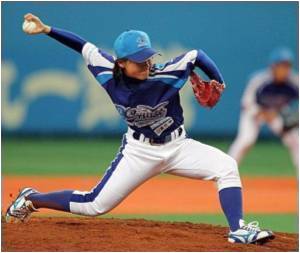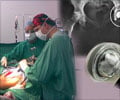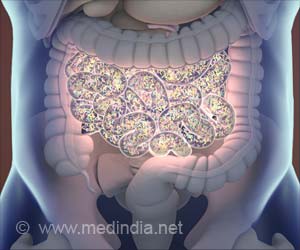
Surgeons performing ACL graft surgery aim to eliminate instability and quickly return patients to pre-injury function levels. Since ACL ruptures are relatively common, especially in young athletes, surgical procedures are routinely performed.
This study adds to Pinczewski’s most recent work exploring the overall success rate of ACL knee reconstruction in athletes after 15 years. “We know that these surgeries work, but this information helps us determine which approaches can be most effective. Getting athletes back on the field is certainly important, but long term success rates are crucial as well,” said Pinczewski.
The study followed 180 knee reconstruction patients, with 90 (48 men and 42 women between the ages of 15-42 years) receiving a patellar tendon (PT) graft and the other 90 (47 men and 43 women between the ages of 13-52 years) receiving a hamstring tendon (HT) graft. After 15 years, 80 percent of the PT group and 73 percent of the HT group were assessed based on their symptoms of pain, swelling and knee mobility.
The HT group demonstrated significantly higher activity levels, with 77 percent performing at least strenuous activities, compared to 62 percent being able to perform strenuous activity in the PT group. In evaluating pain when kneeling, 42 percent of the PT group patients reported moderate or greater pain, while 26 percent of the HT group reported pain. The PT group also showed worse outcomes in tests for motion loss and osteoarthritis.
Reasons for increased osteoarthritis in the hamstring tendon graft were uncertain and recommended for further investigation.
Advertisement
Source-Medindia











